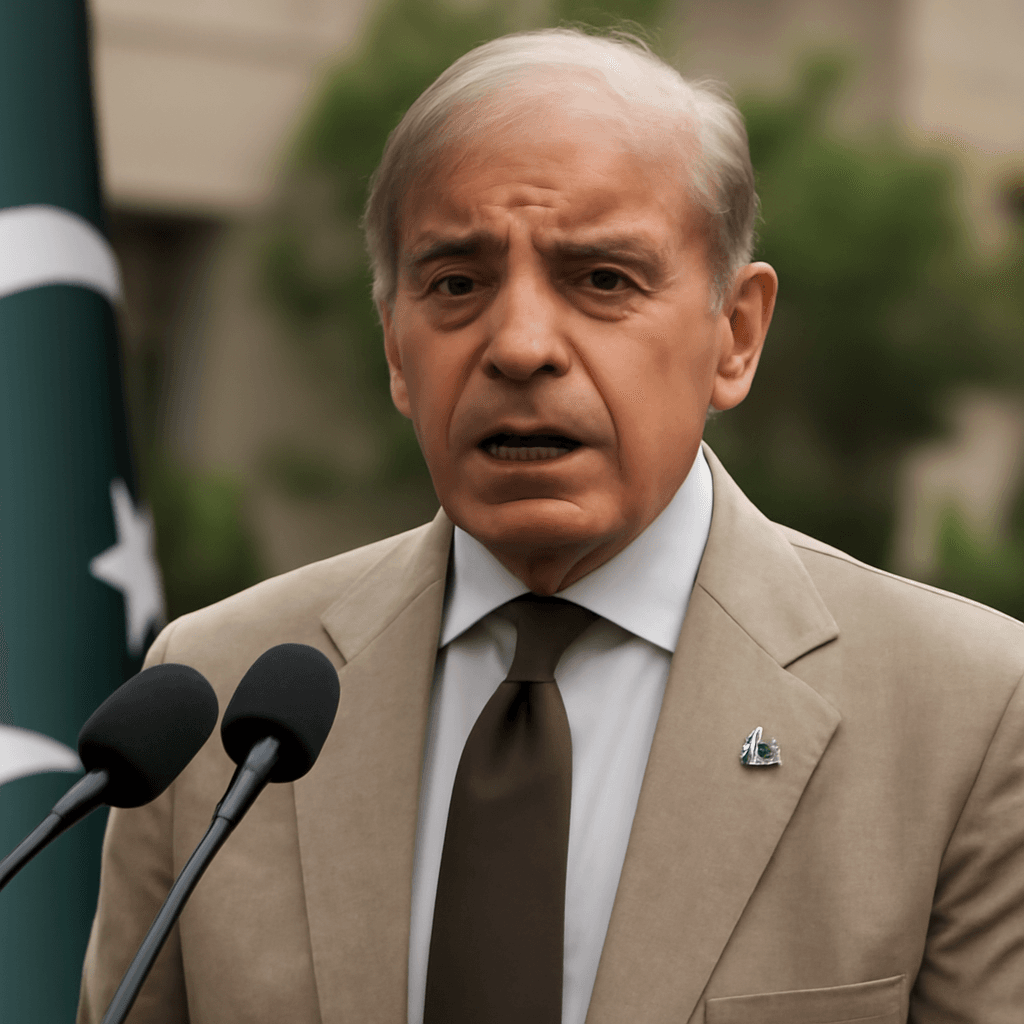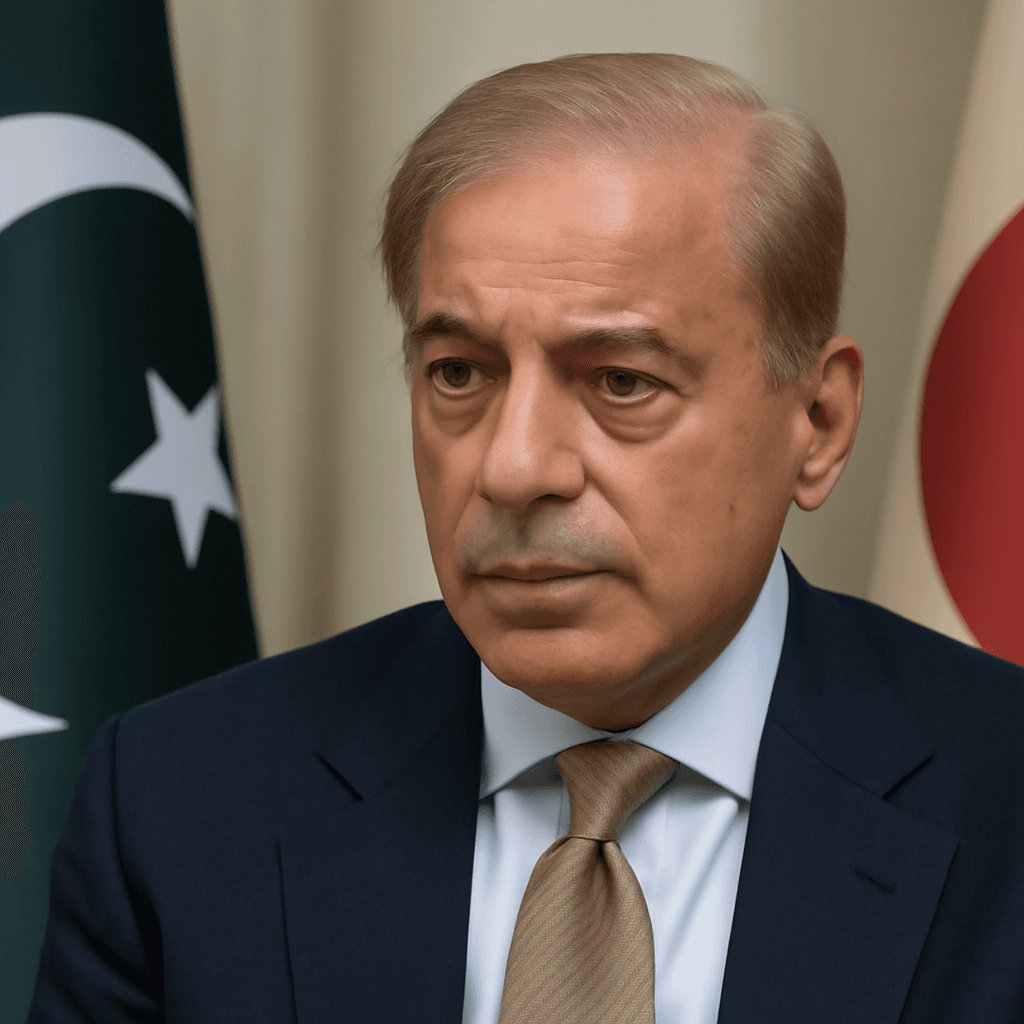Pakistan Falls Short on Three IMF Targets Ahead of Bailout Review
Pakistan is at a critical juncture as it prepares for the second IMF review of its ongoing $7 billion bailout package. Despite making progress in several areas, the country missed three out of five key fiscal targets set by the International Monetary Fund (IMF), according to a report from The Express Tribune citing the Ministry of Finance’s latest fiscal operations summary.
Where Did Pakistan Come Up Short?
The provinces were unable to save the targeted PKR 1.2 trillion by the close of the last fiscal year (ending June 2025), primarily due to a surge in provincial expenditures beyond expectations. On the federal front, the Federal Board of Revenue (FBR) also missed two pivotal goals: it collected less than the PKR 12.3 trillion target in total revenues and failed to raise the expected PKR 50 billion through the Tajir Dost Scheme, a retail sector tax initiative.
Positive Signs Amid Setbacks
Yet, amidst these shortfalls, there is a silver lining. Pakistan’s government managed to post a primary budget surplus of PKR 2.4 trillion last year — marking the second consecutive year with a surplus and the highest in 24 years. This figure notably surpassed the IMF’s own benchmark, thanks in large part to coordinated revenue efforts across all four provinces.
Moreover, the overall fiscal deficit shrank to 5.4% of GDP (PKR 6.2 trillion), below the original target of 5.9%. The Finance Ministry maintained stringent expenditure controls despite difficult political dynamics, particularly since provincial governments operate with a degree of autonomy from the federal government.
Decoding the IMF Bailout Conditions
The $7 billion IMF bailout package comes with approximately 50 performance criteria, which are reviewed quarterly and annually. These conditions are tied explicitly to the disbursement schedule of loan tranches, making adherence crucial for Pakistan’s ongoing economic recovery.
Official data reveals a mixed fiscal picture: while the federal government did hit its primary surplus target — reporting a surplus of PKR 2.7 trillion (about 2.4% of GDP) — net federal revenues fell short by PKR 1.2 trillion. This shortfall is significant enough that it alone could not cover major fixed expenditures like interest payments on debt and defense spending, compelling the government to rely on new borrowing for other expenses.
The provincial governments, which promised to deliver a combined cash surplus of PKR 1.2 trillion, managed only PKR 921 billion, reflecting a shortfall of PKR 280 billion. The FBR’s failure to meet the Tajir Dost Scheme revenue target further complicates the fiscal outlook.
What Does This Mean for Pakistan’s Economy?
Despite missing several benchmarks, experts believe Pakistan’s upcoming IMF review talks—expected next month—are unlikely to encounter major obstacles. The government’s overachievement on the primary surplus target and the significant reduction in the fiscal deficit present a redeeming fiscal narrative that could ease lender concerns.
Economists caution, however, that the underlying structural challenges remain. Provincial spending practices, the underperformance of tax collection systems, and dependency on debt to finance everyday spending are risks that could undermine future economic stability.
Experts Weigh In
Dr. Samina Ahmed, a renowned Pakistani economist, explains: "The achievement of a primary surplus after decades is commendable. However, sustainable economic progress requires tackling the provincial spending inefficiencies and enhancing FBR’s capacity to mobilize tax revenue genuinely. Over-reliance on borrowing is a concern that needs immediate policy action."
From an American policy perspective, observers note that Pakistan’s fiscal stability is vital not only for regional security but also for the global economy because of the country's strategic location and growing economic potential. Continued engagement with multilateral institutions like the IMF is crucial.
The Road Ahead
Pakistan’s experience underscores the delicate balance between meeting IMF conditionalities and managing domestic political economy realities. The government's ability to navigate provincial fiscal autonomy while maintaining macroeconomic targets will be decisive in securing future disbursements and fostering long-term economic health.
As Pakistan braces for the upcoming review, all eyes will be on whether the federal and provincial governments can unite to close the remaining gaps and implement reforms that transform short-term bailout success into sustainable economic growth.
Editor’s Note
The story of Pakistan’s IMF bailout journey is one of resilience amid complexity. While headline fiscal targets are missed, the surprise outperformance on primary surplus highlights potential within the system. For readers, the key question remains: Can Pakistan leverage this momentum to deepen reforms and reduce its dependence on debt? The answer will shape not only Pakistan’s economic destiny but also regional stability and global economic interconnections.












